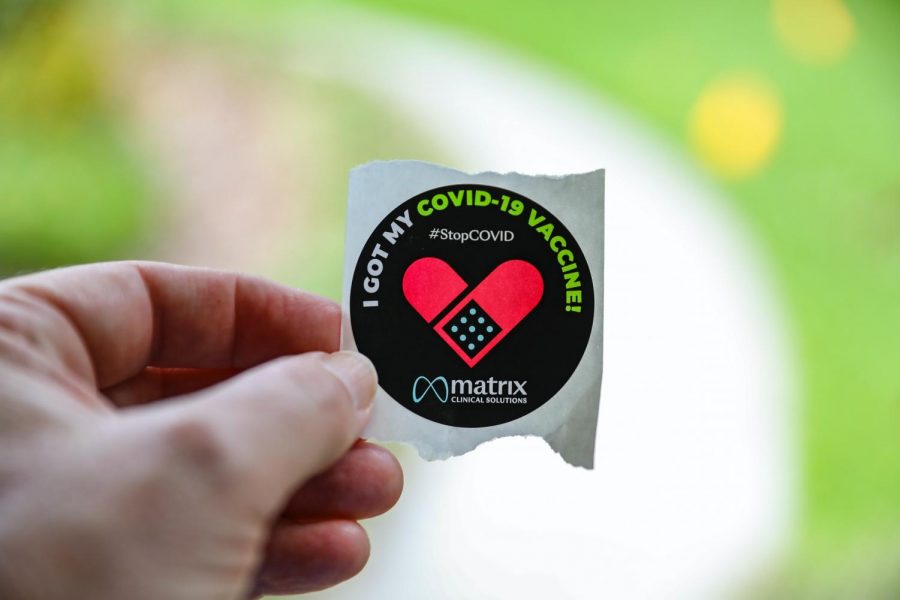The Frustrations Behind the Lack of Finished COVID-19 Vaccinations
In the U.S, there is a significant difference between the number of people with incomplete vaccinations and the number of fully vaccinated people.
Federal and local governments across the United States are working to increase the number of fully vaccinated Americans who are protected against COVID-19.
In the United States, the current vaccines that protect against COVID-19 authorized under an Emergency Use Authorization are those offered by Pfizer-BioTech, Moderna, and Johnson & Johnson. Out of these vaccines, only the Johnson & Johnson vaccine is a vaccine that is set as a single shot that is given. The other two vaccines require two administrations of shots, 3 weeks apart are required for Pfizer and 4 weeks apart for Moderna.
A major problem that currently exists for those who take the Pfizer or the Moderna is that people sign up and receive the first dose, but then do not follow up and return for their second dose. There are many reasons as to why they do not come back, such as forgetting that they need a second dose, or disliking the side effects from the first one, among other reasons.
There is, however, a significant number of people who do not get to complete their vaccinations or get vaccinated at all. This poses a significant challenge to ending the Coronavirus pandemic in the United States. According to the Centers and Disease Control and Prevention (CDC), as of June 11, 2021, approximately 30,840,353 people, or 9.6% of the U.S. population received their first dose of the vaccine but have not finished their vaccinations with their second dose.
Often, people who opt to start but not complete both their vaccinations, leave themselves in an unpleasant situation that they do not need to be in. Although these people may believe that one single vaccine is enough to keep them safe, the 2 dose vaccines were not intended to be used as a single-dose vaccine and both must be taken. The CDC’s interim studies determined that the vaccines were not as effective as the two-dose regimen.
The challenge with people who refuse to get both doses is that they are in a limbo area. They cannot be considered fully vaccinated, but they also do not count as people that have not gotten vaccinated at all. While they have some form of protection from the Coronavirus, they also have a higher risk of contracting the virus itself from only receiving one dose.
This poses a meaningful threat, as we cannot return to normalcy until the vast majority of Americans are fully vaccinated. We are still under the theoretical threshold of herd immunity, but we hope to not have to return to the lockdown state due to the fatigue that came from it and the economic consequences that it brings with it.
The Federal government is trying to solve this issue without requiring these ‘missed dose’ people to take the second dose ,involving some form of financial or social incentive, such as tax breaks, sweepstakes, paying for transportation, or offering discounts, among other options. This does work to some extent, but it still will not be sufficient to make it over the threshold necessary to achieve herd immunity. To truly make everyone comfortable with taking the COVID-19 vaccines, trust in the government and the sciences needs to be restored. Many people have been tricked or swindled by the healthcare system to the point where they no longer trust it with anything, including getting a vaccine. With the COVID-10 vaccines, some people do not trust them, since they came from a system in which they have lost faith. Without faith in the system, there is no easy way to convince people to get both of their doses, fixing the problem.
This poses a meaningful threat, as we cannot return to normalcy until the vast majority of Americans are fully vaccinated.
Andrew Zhang is a Staff Reporter for 'The Science Survey.' Andrew finds that journalistic writing is important in today's society, as it is plagued with...

